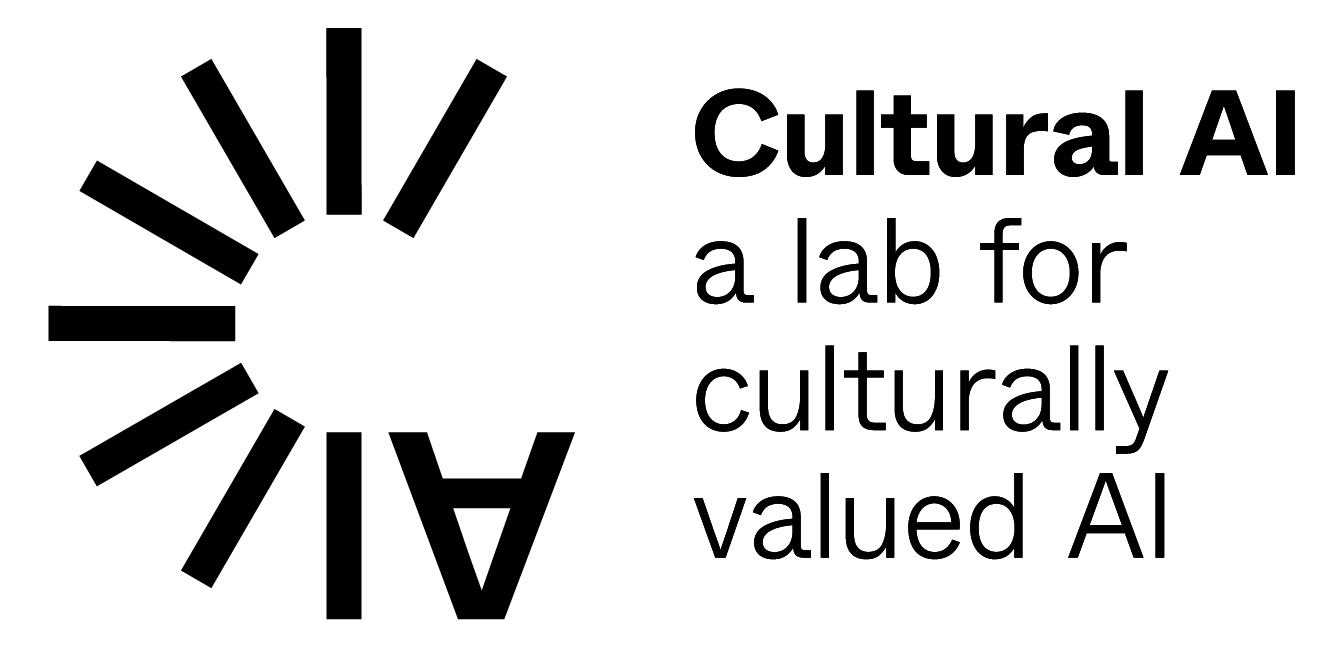Research Topics
Context & connections
An often stated problem is the lack of context associated with digitised artefacts. The true value of many cultural artefacts is closely related to their role within this context: the stories and narratives associated with the object, its relation with other objects, artists, and events within and across institutional borders: they are all seen as important but are often lost when digital artefacts are presented in splendid isolation online. There is a rich tradition in the use of knowledge representation (especially linked data) aimed at capturing parts of this context. This includes work on common formats to bridge institutional boundaries, event-based modelling to capture relevant (historical) events and entities, semi-automatic enrichment of collection data based on unstructured and semi-structured input data, “GLAMification”, entity linking, etc. It may also include deriving new collection data automatically, for example by using the full-text to categorise new books, or using computer vision combined with online knowledge sources for visual artefacts.
Trust & polyphony/polyvocality
Heritage institutions have a tradition to be seen as a trusted and authoritative source in their field, and often wish to retain that position in the online world. On the other hand, there is a wish to explicitly include alternative voices, opinions and narratives. Failing to address either issue effectively can lead to a lack of trust: either by people who feel excluded because their voice is not heard, or by people who feel the “truth” is hidden in a politically correct set of conflicting opinions.
Change & variation
The systematic study of (temporal) change and (spatial) variation is a recurring issues in multiple research projects. Examples include the large-scale study of visual and stylistic aspects of advertisements, the changing representation of migrants in the media over time, the semantic shifts in the meaning of words in natural language, etc. In many applications of AI, these aspects remain an implicit part of the “context” outside the AI system, or causes problems when improperly modelled in the data. By making these changes and variations explicit and a topic of study, we can take advantage of these inherent properties of our daily world.
Exploration & interaction
The vast and rich heritage collections of the Cultural AI Lab heritage partners contain many hidden gems that are of great personal, cultural and socio-economic value. What these gems are, may vary from person to person and from day to day. At the same time, it proves difficult to find and explore these gems in the digital world. How can we apply insights from cultural AI to replace the currently deployed “generic” search technology by tomorrow’s generous user experiences?
